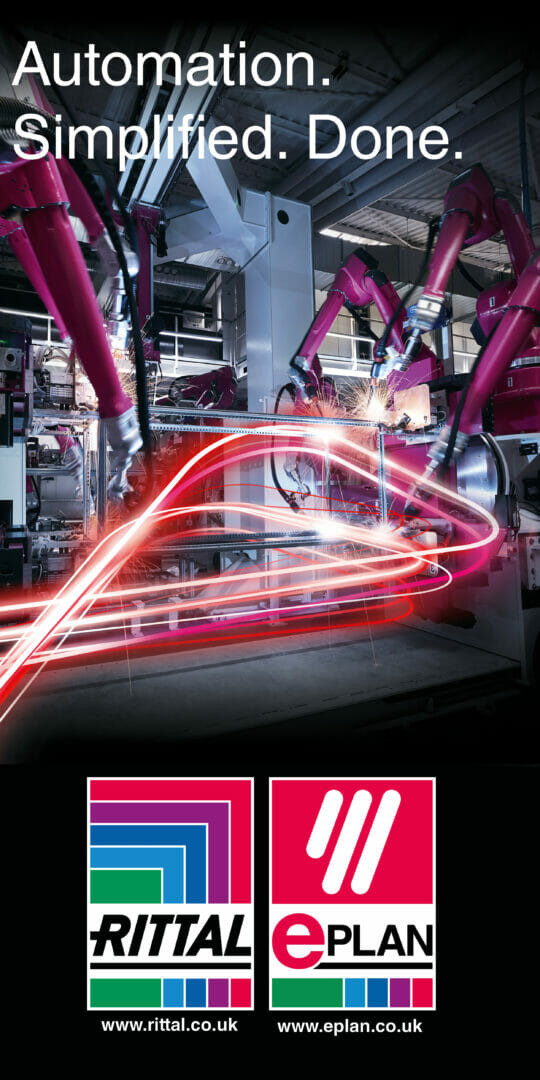Jochen Kern, Head of Sales & Marketing, micrometal
In today’s manufacturing landscape, where precision, reliability, and cost-efficiency are more critical than ever, companies are looking beyond immediate production costs to consider the long-term value of their components and systems. Total cost of ownership (TCO) is a key metric driving decision-making processes, and it encompasses far more than initial purchase costs. From reduced maintenance requirements to extended product lifecycles, manufacturers are increasingly prioritising solutions that deliver sustained performance over time. Photo-chemical etching (PCE) has emerged as one such solution, offering manufacturers long-term benefits that positively impact both product longevity and overall operational costs.
At micrometal Group, we see firsthand how PCE contributes to improving the lifespan, reliability, and cost-efficiency of components in industries as varied as medical devices, automotive, electronics, and aerospace. Here, we explore how this advanced manufacturing technology enhances the product lifecycle and helps manufacturers achieve long-term business benefits.
The Link Between Precision and Longevity
One of the core strengths of PCE is its ability to produce complex components with unmatched precision. PCE is a non-contact, tool-free process that allows manufacturers to create intricate parts without introducing mechanical stresses or distortions. This is particularly important for components that must endure harsh operating conditions, as even minor imperfections can reduce the longevity of a product.
Precision is directly linked to reliability. When you eliminate burrs, stress points, and surface imperfections through PCE, you create a component that performs more reliably over its entire lifespan. That’s why industries where failure is not an option — such as medical, aerospace, and automotive — are turning to PCE for critical parts.
In sectors such as medical devices and automotive systems, where components are expected to function flawlessly for years or even decades, PCE provides an assurance of durability. The smooth, burr-free edges and uniform material properties achieved through PCE reduce the risk of fatigue and failure over time, resulting in longer-lasting products and reduced maintenance needs.
Reducing Maintenance and Downtime
For manufacturers, the cost of maintenance and downtime can be a significant burden. Frequent part replacements, unplanned maintenance, and machine downtime all contribute to increased operational costs. By using components produced through PCE, manufacturers can significantly reduce these costs.
Because PCE creates parts that are burr-free and free from mechanical stresses, these components tend to have better wear resistance and are less prone to failure. For example, in the electronics industry, PCE is used to produce EMI/RFI shielding components that maintain their structural integrity even in challenging environments. Similarly, in the automotive sector, PCE components are used in fuel injection systems, sensors, and other critical parts that benefit from enhanced reliability.
Reducing maintenance requirements is one of the hidden benefits of PCE. When components are more reliable, machines run longer without interruptions, and the need for replacements decreases. That’s a major advantage for manufacturers looking to optimise their operational efficiency.
Enhancing Product Performance and Efficiency
In many cases, the use of PCE components can also enhance the overall performance of a product. Because PCE allows for the creation of highly intricate designs with tight tolerances, manufacturers can optimise component functionality in ways that other manufacturing methods cannot achieve.
For example, in microfluidic devices used in medical diagnostics, PCE enables the production of highly accurate channels and patterns that ensure precise fluid control. In aerospace applications, PCE is used to create lightweight components with complex geometries that reduce overall weight while maintaining structural integrity.
The ability to create these optimised designs has a direct impact on the product lifecycle. Components that perform more efficiently tend to experience less wear and tear, further extending their lifespan. Additionally, products that are more efficient often require less energy to operate, contributing to long-term cost savings for end-users.

BMC S6
Lowering Total Cost of Ownership (TCO)
Total cost of ownership (TCO) goes beyond the initial purchase price of a component to include factors such as maintenance, downtime, energy consumption, and overall lifespan. When manufacturers consider TCO, they look for solutions that provide the best long-term value — not just the lowest upfront cost.
Photo-chemical etching contributes to a lower TCO in several ways:
- Reduced Maintenance Costs: Burr-free and stress-free components last longer and require fewer replacements.
- Minimised Downtime: Reliable components reduce the risk of unplanned maintenance and production interruptions.
- Improved Efficiency: Precision-etched components optimise product performance, reducing energy consumption and operational costs.
micrometal Group works closely with its customers to help them understand how PCE can positively impact their TCO. It’s not just about the immediate cost savings, it’s about delivering components that provide long-term value and reliability.
Sustainability and Lifecycle Management
In addition to the economic benefits, PCE also aligns with growing sustainability goals. By producing longer-lasting components that require less frequent replacement, manufacturers can reduce their environmental impact. The process itself is also highly efficient, generating minimal waste compared to traditional machining methods.
Many industries are placing a greater emphasis on lifecycle management and sustainable production practices. By choosing PCE, manufacturers can contribute to these goals while also benefiting from the long-term advantages of reliable, precision-engineered components.
Sustainability is becoming an increasingly important consideration for customers. PCE offers a more environmentally friendly manufacturing process, and by extending the lifecycle of components, it can help manufacturers reduce their overall environmental footprint.

Applications Across Industries
The long-term benefits of PCE can be seen across a variety of industries. In the medical device sector, PCE is used to create precise, burr-free components for surgical instruments, diagnostic devices, and implants, ensuring that these critical tools meet stringent safety and performance standards. In the automotive industry, components such as fuel injection nozzles, sensors, and heat shields benefit from the precision and durability that PCE provides, helping to improve vehicle performance and reliability. In aerospace applications, lightweight and complex components are produced through PCE for use in critical systems where reliability is essential, ensuring that these parts can withstand extreme conditions without compromising performance. Additionally, in the electronics sector, PCE is employed to manufacture EMI/RFI shielding, microfilters, and connectors, ensuring the performance and longevity of devices in environments where signal integrity and protection from interference are paramount.
Summary
In a competitive manufacturing environment, focusing on long-term value is essential for success. PCE provides manufacturers with a solution that enhances product lifecycle, reduces maintenance needs, and lowers total cost of ownership. By choosing PCE, manufacturers can achieve greater reliability, efficiency, and sustainability in their products.
micrometal Group is committed to helping manufacturers unlock these benefits through its expertise in PCE. By working closely with its customers to understand their specific needs, the company delivers solutions that provide long-term value and help it stay ahead in an ever-evolving market.
PCE isn’t just about making parts, it’s about creating components that stand the test of time. Micrometal Group is proud to play a role in helping manufacturers achieve their goals of reliability, sustainability, and cost-efficiency.








